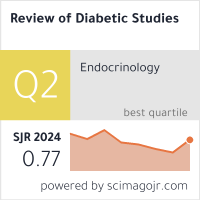Dental Caries As A Biofilm-Mediated Disease: Current Concepts And Emerging Therapies
DOI:
https://doi.org/10.70082/s29zqs86Keywords:
Dental caries; biofilm-mediated disease; oral microbiome; dysbiosis; extracellular polymeric substances; Streptococcus mutans; fluoride; dietary sugars; antimicrobial therapy; emerging therapies.Abstract
Background: Dental caries is a globally prevalent biofilm-mediated disease driven by ecological shifts within the oral microbiome. Frequent sugar intake, inadequate salivary buffering, and biofilm maturation promote dominance of acidogenic and aciduric bacteria that demineralize enamel.
Methods: A comprehensive review of contemporary concepts in caries etiology, biofilm ecology, diagnostic approaches, preventive strategies, and emerging therapies was synthesized from current literature.
Results: Evidence indicates that cariogenic dysbiosis results from environmental pressures rather than infection by a single pathogen. Key determinants include EPS-rich biofilm architecture, repeated low pH episodes, host factors such as saliva and enamel integrity, and dietary behavior. Mechanical plaque control and fluoride remain foundational, while adjunctive measures antimicrobials, probiotics, bioactive materials, and smart anti-biofilm technologies show growing promise in modulating biofilm virulence and enhancing remineralization.
Conclusions: Viewing caries as a reversible, ecologically driven biofilm disorder emphasizes prevention, risk assessment, and minimally invasive care. Emerging biofilm-targeted and microbiome-modulating therapies may significantly enhance future caries management.
Downloads
Published
Issue
Section
License

This work is licensed under a Creative Commons Attribution-ShareAlike 4.0 International License.


